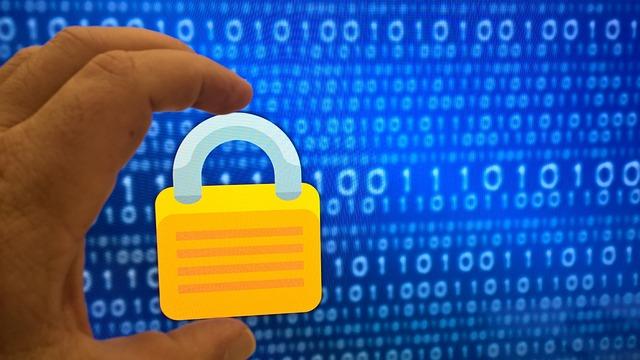
Chief Risk Officers often seek transformation programs that offer visibility and insights while these are getting implemented across the organization; hence instead of driving Cyber Security separately outside the Digital journey, Chief Information Security Officers need to learn to embed Cyber as part of the Digital Transformation Agenda.
Zero Trust plays a crucial role in any Cyber led Digital Transformation agenda. Hence today draws awe from CIOs/CTOs worried about cyber security being tightened separately by a Governance or Security Leader.
The Zero Trust model is a security strategy that assumes that all network traffic and devices are untrusted until proven otherwise. It is based on the principle of "never trust, always verify" and aims to protect an organization's assets by providing security at every network infrastructure level.
Here are some key elements of effectively implementing Zero Trust Model to manage cyber risk:
- Identity and Access Management: Zero Trust models focus on identity and access management, which involves verifying the identity of users and devices before granting access to resources. This can include implementing multi-factor authentication and regularly reviewing and revoking access privileges.
- Micro-segmentation: Zero Trust models also involve micro-segmentation, breaking down networks into smaller segments or "micro-perimeters" that can be more easily monitored and protected. This can help to limit the impact of a security breach and make it more difficult for attackers to move laterally through a network.
- Network Access Control: Organizations can use network access control (NAC) solutions to ensure that only authorized devices and users can connect to the network. NAC solutions can also be used to ensure that devices are compliant with security policies and to remediate any vulnerabilities automatically.
- Continuous monitoring and response: Zero trust models also involve continuous monitoring and response, using security tools and technologies to monitor network traffic and detect real-time anomalies. This can help organizations quickly see and respond to security breaches and prevent attackers from gaining access to sensitive data.
- Risk-based Adaptive Authentication: Zero trust models also involve risk-based adaptive authentication, which means that the level of authentication required varies based on the level of risk associated with the user, device, or transaction.
- Encryption: Zero trust models also involve encryption, which can help to protect sensitive data and communications from being intercepted by unauthorized parties.
By implementing these security controls and practices, organizations can better protect themselves against cyber threats and enhance their overall cyber security posture. Today multiple Cyber Security companies offer products and solutions built on the Zero Trust principle; however, for an organization to implement the Zero Trust approach, it must start with the basics of drawing a strategy for Zero Trust implementation and current / As is state Assessment to understand what it needs to retire, retain, or redraw as part of the Digital Journey. Zero Trust implementation driven by Chief Information Security Officer or Chief Information Officer must have strategic buy-in from other Chief Executives, including Chief People, Risk, Finance, and Operations, so security is not seen as a bottleneck but as a change management and enablement journey.
The isolated Zero Trust implementation approach by CISO, CIO, or CRO often fails; hence, Risk Managers must build advocacy within organizations across business functions and leaders before undertaking any journey.
- - Kanishk Gaur is a renowned Cyber Security, Public Policy, Government Affairs Specialist, and Digital Technology Expert based out of New Delhi.

 In
In
Add new comment